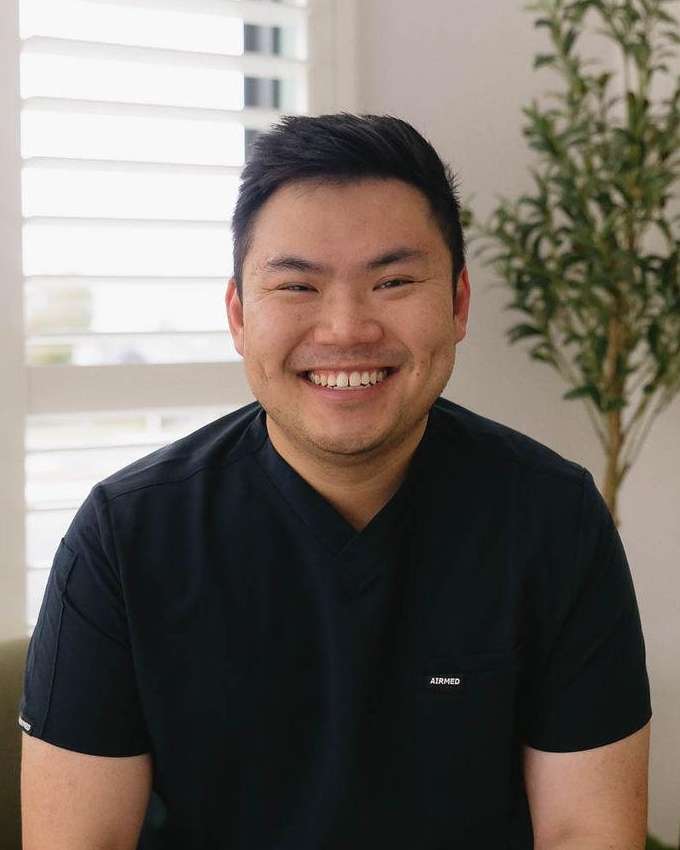At Forster Tuncurry Dental & Implants, Dr Kenny uses only the highest quality bone grafting materials to ensure optimal healing and long-term success for our patients. We primarily utilise biocompatible bone graft materials that have been proven safe and effective through extensive research and clinical use.
Understanding Bone Grafting in Forster Tuncurry
Our preferred materials include:
Xenograft Bone — Is an animal-derived bone that has been stringently sterilised and treated to remove all organic components while maintaining the mineral structure that encourages new bone growth. Typical xenografts that we like to use include porcine (pig derived) which shares similar characteristics to human bone and bovine (cow derived) which is good for volumetric stability.
Synthetic bone grafts — These are laboratory-created materials that mimic natural bone structure and promote excellent integration with your existing bone tissue. They're completely biocompatible, eliminate any risk of disease transmission and is vegan-friendly.
The choice of material depends on several factors, including the size of the area being grafted, the location in your mouth and your individual healing characteristics. It is common for Dr Kenny to use a combination of bone sources, including that of your own (growth factors, platelets, osteoinductive cells) to achieve optimal results. During your consultation, Dr Kenny will thoroughly assess your specific circumstance and recommend the most suitable option for your unique individual needs.
Each type of bone graft may also have variations that may affect your eligibility for blood donations. Feel free to discuss this with Dr Kenny if you intend on donating blood before or after your bone graft procedure.
Contact Forster Tuncurry Dental & Implants for More Information
Dr Kenny has extensive experience with these materials and will discuss the chosen option with you, explaining why it's the best choice for your particular case.
Rest assured that your treatment at our Forster dental practice prioritises both safety and effectiveness.


 If you’ve been told in the past that you’re not a candidate for dental implants due to bone loss, a bone grafting procedure may be your solution, and we can help you at Forster Tuncurry Dental & Implants.
If you’ve been told in the past that you’re not a candidate for dental implants due to bone loss, a bone grafting procedure may be your solution, and we can help you at Forster Tuncurry Dental & Implants.

